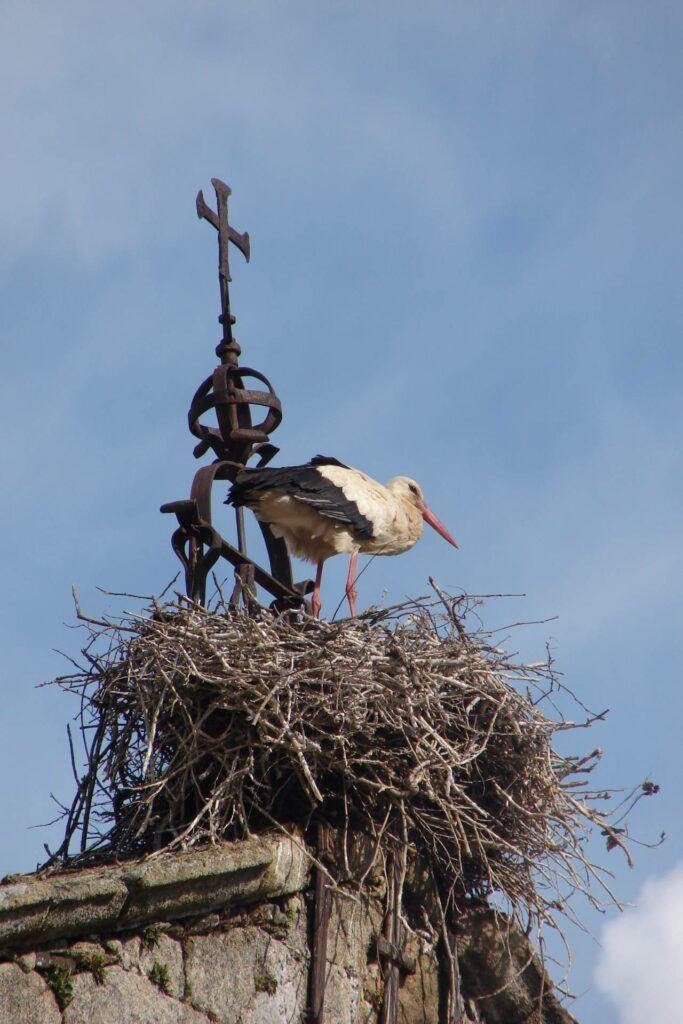Carrascal Watch Tower
The frequent conflicts on the border of the Riba-Côa lands, during the Restoration Wars (17th Century), made its peoples to be prudent of the enimies incursions from the east. The documents and know names of the places testify the remote existance of a large network of watch towers – where the Carrascal Watch Tower is part of – to control the entries of castillans in the region.
Of this defense line, made of a group of military structures in Vilar Maior, Aldeia Ribeira and Batocas, close to the current border, was also part a watch tower sitting on the top of the Carrascal hill (Rebolosa).
The monument is in reasonable condition and posesses great historical and landscape interest. Unlike other known examples in the council, the Carrascal Watch Tower has considerable height and easy access.
The tower is a circular construction, with 6 meters of diameter and 1 meter of thick robust walls, and wide interior space. It is built on granite block, rough and not paired, not showing any traces of the existance of a door, nor stairways to the top. The building was surrounded by its own rubble and was still visable amidst the rocks the tiles of the primitive roof.
We assume that tower would be around 4 meters high with two distinct stories, because up to 2 meters high the walls are wider and after that there is a narrowing, for the placing of a wooden floor that would be the upper storey. The lower part would be destined for the sentinels sleeping quarters and a storage compartment, while on the top, covered by a roof, the observation of the territory was made.
The visual proximity to the Vilar Maior and Alfaiates castles shows that the Carrascal Watch Tower was a link in this chain of defense points of the border territory, in the attempt of detecting any unexpected military movements. The sentinel on watch here could easily, by smoke or flag signals, contact the closer garrisons and send out a defensive alert.
The Sabugal City Hall undertook reconstruction works on this monument, by means of granite and schist stonemasons of the autarchy, to consolidate and recover the tower ruin. The monument can be visited by all those who wish to, it is well identified by signs on the roads.




